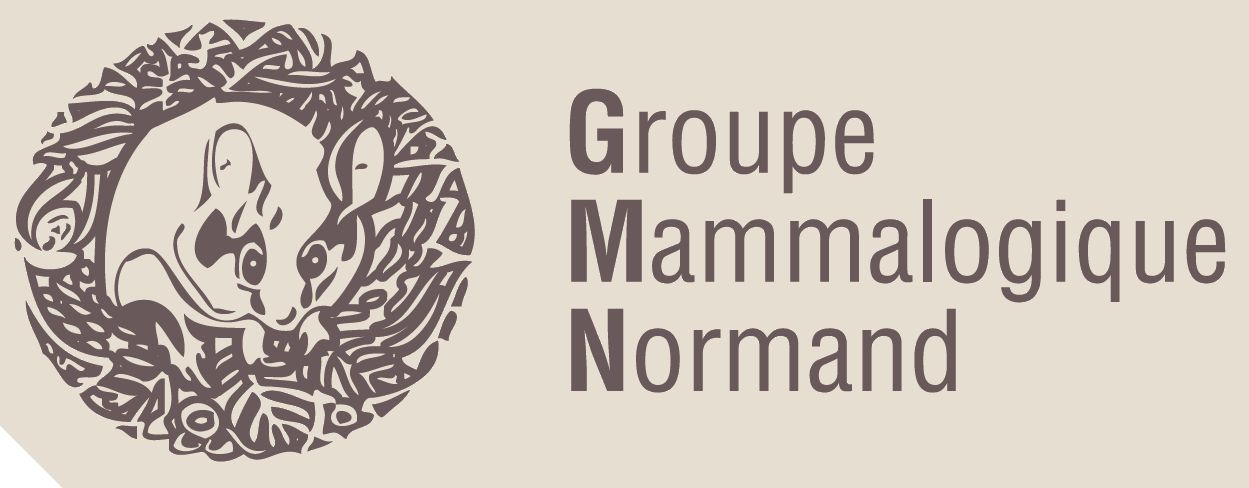Plecotus É. Geoffroy Saint-Hilaire, 1818
- 856 observations
-
84
communes -
58
observateurs
27
organismes -
Première observation
1980 -
Dernière observation
2025
Aubry-le-Panthou - Aunay-les-Bois - Bellavilliers - Bellou-en-Houlme - Berjou - Carrouges - Chailloué - Champsecret - Chaumont - Coudehard - Coulonges-sur-Sarthe - Courgeoût - Domfront en Poiraie - Écouché-les-Vallées - Écouves - Fay - Ferrières-la-Verrerie - Fleuré - Gandelain - Gouffern en Auge - Hauterive - Igé - Juvigny Val d'Andaine - La Bellière - La Chaux - La Ferrière-au-Doyen - La Ferrière-aux-Étangs - La Ferrière-Béchet - La Ferrière-Bochard - La Ferté-en-Ouche - La Ferté Macé - Lalacelle - La Lande-de-Goult - La Lande-Patry - Laleu - Landigou - Le Ménil-Broût - Le Pas-Saint-l'Homer - Les Aspres - Les Monts d'Andaine - Les Ventes-de-Bourse - L'Hôme-Chamondot - Longny les Villages - Lonlay-l'Abbaye - Lonlay-le-Tesson - L'Orée-d'Écouves - Magny-le-Désert - Médavy - Merri - Monts-sur-Orne - Moulins-sur-Orne - Neauphe-sous-Essai - Neauphe-sur-Dive - Neuilly-le-Bisson - Occagnes - Orgères - Passais Villages - Perche en Nocé - Planches - Rânes - Rémalard en Perche - Rives d'Andaine - Sablons sur Huisne - Saint-André-de-Briouze - Saint-Aubin-d'Appenai - Saint-Bômer-les-Forges - Saint-Cyr-la-Rosière - Sainte-Gauburge-Sainte-Colombe - Sainte-Scolasse-sur-Sarthe - Saint-Evroult-Notre-Dame-du-Bois - Saint-Fraimbault - Saint-Julien-sur-Sarthe - Saint-Léger-sur-Sarthe - Saint-Mard-de-Réno - Saint-Mars-d'Égrenne - Saint-Martin-l'Aiguillon - Saint-Ouen-de-Sécherouvre - Saint-Patrice-du-Désert - Saint-Philbert-sur-Orne - Saint-Sulpice-sur-Risle - Tinchebray-Bocage - Tourouvre au Perche - Trémont - Vimoutiers
-
UMS PatriNat (OFB-CNRS-MNHN)
Participation à 196 Observations
Part d'aide à la prospection : 22.90 %
Fiche organisme
-
Ministère de la Transition écologique et de la Cohésion des territoires
Participation à 193 Observations
Part d'aide à la prospection : 22.55 %
Fiche organisme
-
PNR du Perche
Participation à 152 Observations
Part d'aide à la prospection : 17.76 %
Fiche organisme
-
Ferme éolinne de Fay
Participation à 115 Observations
Part d'aide à la prospection : 13.43 %
Fiche organisme
-
SETUP ENVIRONNEMENT
Participation à 115 Observations
Part d'aide à la prospection : 13.43 %
Fiche organisme
-
PNR et géoparc mondial UNESCO Normandie-Maine
Participation à 113 Observations
Part d'aide à la prospection : 13.20 %
Fiche organisme
-
Thema Environnement
Participation à 107 Observations
Part d'aide à la prospection : 12.50 %
Fiche organisme
-
IEL Exploitation 69
Participation à 88 Observations
Part d'aide à la prospection : 10.28 %
Fiche organisme
-
Office national des forêts (ONF)
Participation à 58 Observations
Part d'aide à la prospection : 6.78 %
Fiche organisme
-
Groupe Mammalogique Normand (GMN)
Participation à 45 Observations
Part d'aide à la prospection : 5.26 %
Fiche organisme
-
Enertrag Normandie I
Participation à 40 Observations
Part d'aide à la prospection : 4.67 %
Fiche organisme
-
Conseil départemental de l'Orne (bureau ENS)
Participation à 40 Observations
Part d'aide à la prospection : 4.67 %
Fiche organisme
-
Écosphère, bureau d'études en environnement
Participation à 40 Observations
Part d'aide à la prospection : 4.67 %
Fiche organisme
-
IEL Exploitation 74
Participation à 19 Observations
Part d'aide à la prospection : 2.22 %
Fiche organisme
-
Conservatoire d'espaces naturels des Pays de la Loire (CEN PDL)
Participation à 19 Observations
Part d'aide à la prospection : 2.22 %
Fiche organisme
-
Muséum national d'Histoire naturelle (MNHN)
Participation à 14 Observations
Part d'aide à la prospection : 1.64 %
Fiche organisme
-
Office Français de la Biodiversité (OFB)
Participation à 10 Observations
Part d'aide à la prospection : 1.17 %
Fiche organisme
-
SUEZ RV NORMANDIE
Participation à 6 Observations
Part d'aide à la prospection : 0.70 %
Fiche organisme
-
Association ATHENA
Participation à 4 Observations
Part d'aide à la prospection : 0.47 %
Fiche organisme
-
Habitants-bénévoles
Participation à 4 Observations
Part d'aide à la prospection : 0.47 %
Fiche organisme
-
-
Ferme éolinne de Germancé à Saint-Ellier-les-Bois
Participation à 2 Observations
Part d'aide à la prospection : 0.23 %
Fiche organisme
-
Association Faune & Flore de l'Orne (AFFO)
Participation à 2 Observations
Part d'aide à la prospection : 0.23 %
Fiche organisme
-
SOCIETE D'EXPLOITATION DU PARC EOLIEN BOIS SEIGNEUR
Participation à 1 Observation
Part d'aide à la prospection : 0.12 %
Fiche organisme
-
Société française pour l'étude et la protection des mammifères (SFEPM)
Participation à 1 Observation
Part d'aide à la prospection : 0.12 %
Fiche organisme
Informations espèce
Source : Biodiv'Écrins, Parc national des Écrins
Répartition actuelle en France métropolitaine
© INPN - Avertissement : les données visualisables reflètent l'état d'avancement des connaissances et/ou la disponibilité des données existantes au niveau national : elles ne peuvent en aucun cas être considérées comme exhaustives.
Répartition actuelle dans le monde
Avertissement : les données visualisables reflètent l'état d'avancement des connaissances et/ou la disponibilité des données existantes au niveau mondial : elles ne peuvent en aucun cas être considérées comme exhaustives.















